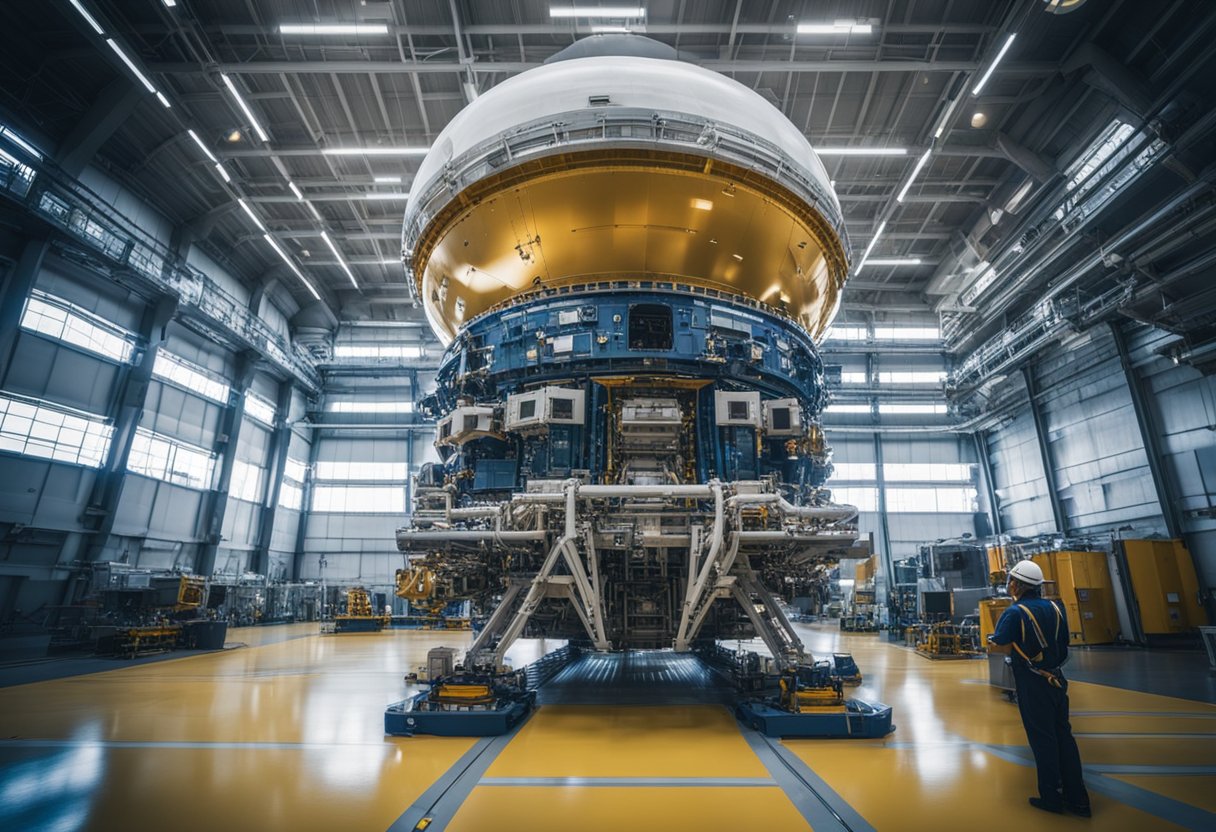
As we venture into the realm of space travel, the horizon broadens with the emergence of next-generation spacecraft tours. These sophisticated vessels, incorporating cutting-edge technology designed for both deep space missions and the nascent space tourism industry, promise an unprecedented era of human spaceflight. Foremost among these pioneering initiatives is NASA’s Artemis I, a spacecraft engineered for lunar expeditions set to shape the future of our extraterrestrial endeavours.
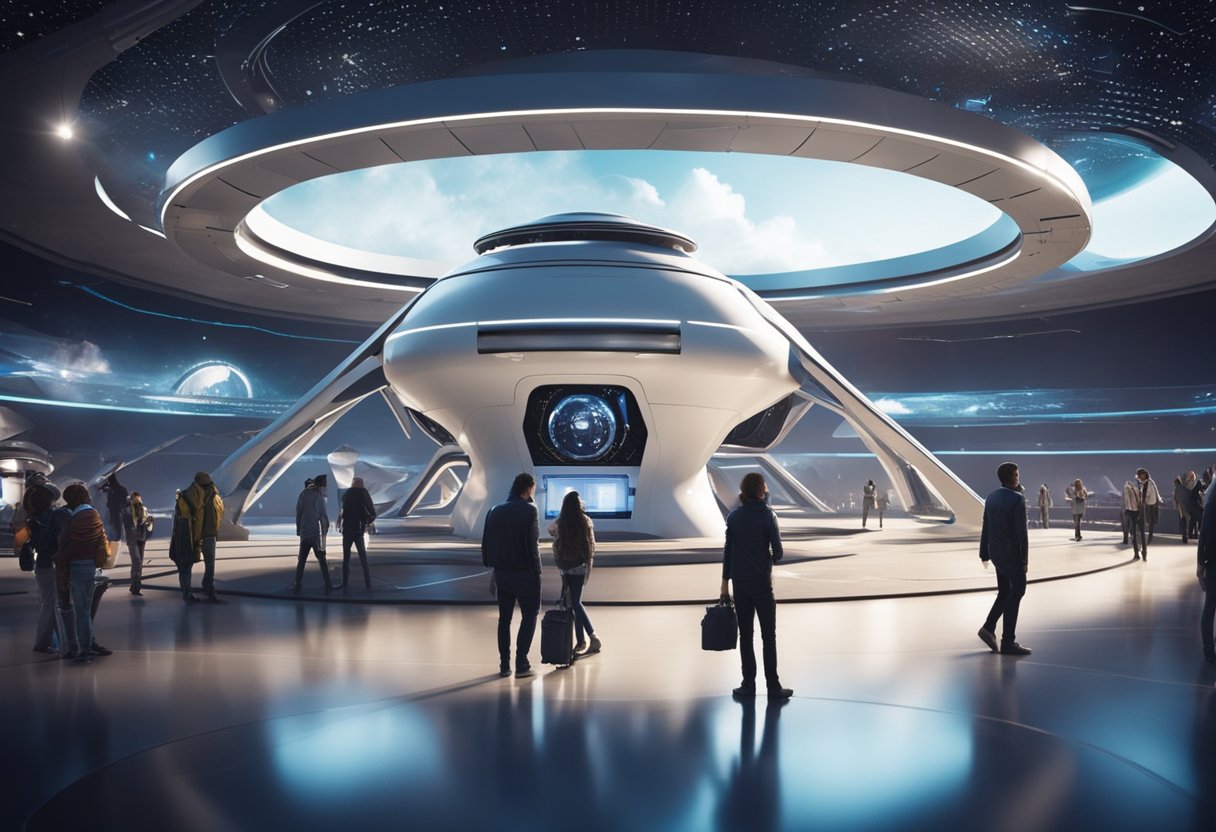
Our journey into space tourism is also taking flight, with private firms innovating to offer orbital experiences. Companies like SpaceX are leading the charge, enabling trips beyond Earth’s atmosphere for space tourists. This is not a far-off dream; with advancements in technology and increasing accessibility, space tourism is on the brink of becoming a tangible reality, transforming the way we view travel and exploration.
Advanced spacecraft are enhancing human spaceflight and enabling lunar missions.
Space tourism is transitioning from concept to reality, offering new orbital experiences.
Private companies play a pivotal role in advancing space travel technology and accessibility.
In our exploration of the cosmos, next-generation spacecraft represent a leap forward in design and capabilities. These advanced vessels are equipped to take humans farther into space than ever before.
The design and development of next-generation spacecraft involve a comprehensive approach to engineering and technology. As we examine these modern-day marvels, one standout is the Orion spacecraft, an integral part of NASA’s Artemis programme. It is a culmination of rigorous work by dedicated engineers, who collaborate to create a vessel that meets the unique demands of deep space travel. Characterised by innovation, the Orion spacecraft encompasses a host of novel features:
Our understanding of spacecraft design continues to evolve as we develop the Orion spacecraft for future Artemis missions.
Under the flag of the Artemis programme, we stand on the precipice of a new era in lunar exploration. This initiative not only reaffirms our commitment to lunar study but also serves as a stepping stone for potential manned missions to Mars. The programme orbits around the Space Launch System (SLS), the most powerful rocket, purpose-built to transport astronauts beyond Earth’s orbit. This robust framework for deep space exploration is central to our objectives:
To learn more about the upcoming missions and the Orion spacecraft’s specifications, visit NASA: Artemis I.
In our collaboration and sharing, we aim to keep you informed about the fascinating developments in space travel. Stay up-to-date with potential opportunities for space tourism at SpaceVoyageVentures.com, documenting the future of civilian space exploration.
In our continuous pursuit of space exploration, we prioritise both the efficacy of our spacecraft and the security of our passengers. Our recent advancements encompass cutting-edge propulsion technologies and unparalleled safety mechanisms.
We’ve introduced propulsion systems that mark a significant leap from traditional chemical rockets. The use of ion propulsion and plasma thrusters underpins our commitment to efficient and sustainable space travel. These technologies afford us the ability to accelerate spacecraft over longer periods, thereby achieving greater speeds with less fuel. Our testing protocols are rigorous, ensuring that each system is faultless before any manned mission takes place.
The meticulous incorporation of safety mechanisms within our spacecraft architecture is a testament to our dedication to passenger security. We’ve developed an advanced launch abort system that can swiftly and securely distance the craft from any imminent peril during lift-off. Additionally, during the recovery phase, our spacecraft are equipped with meticulously engineered heat shields that can withstand the extreme temperatures of atmospheric re-entry.
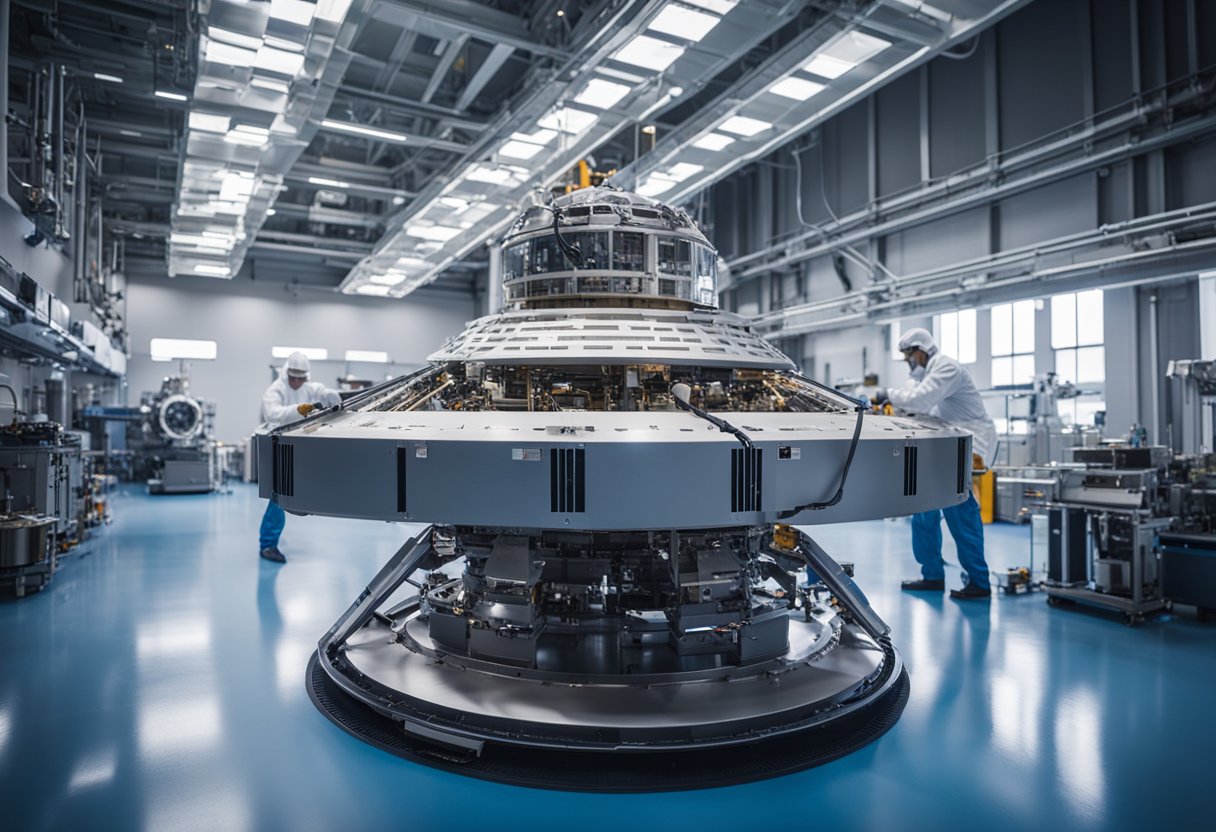
In this crucial phase, we meticulously prepare both the crew and spacecraft to ensure safety and mission success. Every aspect undergoes rigorous scrutiny, from simulating space conditions for the crew to detailed vehicle inspections by skilled engineers.
We take crew training seriously, focusing on extensive simulation sessions. Our astronauts spend countless hours in state-of-the-art simulators that replicate the space environment, allowing them to familiarise themselves with spacecraft systems and emergency procedures. Lockheed Martin, a key player in spacecraft development, aids in designing these simulations, ensuring a seamless bridge between theory and practice.
Prior to any space mission, the assembly of the spacecraft demands unparalleled precision. Lockheed Martin engineers are at the forefront, meticulously assembling vehicle components. We follow a strict inspection protocol:
These steps are non-negotiable to guarantee not only the integrity of the spacecraft but also the safety and well-being of the crew aboard.
In the realm of next-generation spacecraft tours, our scientific endeavours take centre stage, leveraging cutting-edge technology to push the boundaries of what’s possible in both biological sciences research and deep space exploration.
We are committed to advancing the field of biological sciences through our spacecraft tours by conducting research in microgravity environments. Our state-of-the-art equipment allows us to study biological processes in ways that are not possible on Earth. These studies include cellular behaviour, microbial growth, and human health effects during space travel. Moreover, we ensure that all experiments are designed to maximise the use of space and resources, offering modular payloads that researchers can customise for their specific experiments.
Our dedication to deep space exploration is unwavering as we invest in technologies that propel us beyond low-Earth orbit. Our tours are planned with the objective of gathering valuable data about the vastness of space. By equipping our spacecraft with the necessary instrumentation and equipment, we are able to send significant payloads to remote celestial bodies, fostering a deeper understanding of our solar system. These endeavours not only pave the way for future colonisation but also for potential resource utilisation.
As we venture into the new era of human spaceflight, safety and the well-being of astronauts are at the forefront. Our focus is on meticulously selecting mission crew and ensuring the life support systems within the crew module are robust and reliable.
We recognise that the selection of astronauts is a critical component that determines the success of missions. For this reason, only individuals with exceptional skills and physical fitness are considered. Each astronaut undergoes rigorous training that includes simulations of the crew module operations and emergency protocols to ensure that they are prepared for every conceivable situation in space.
Ensuring that the life support systems are fail-proof is a non-negotiable aspect of our spacecraft design. The crew module is equipped with advanced life support systems that monitor and regulate air quality, water supply, and waste management. For habitability, the crew quarters are designed with ergonomics in mind, providing a level of comfort that helps maintain the mental and physical health of astronauts during long-duration missions.
By integrating these systems, we ensure a safe and habitable environment that supports the crew throughout their journey. Our commitment to these principles is also reflected in the information we share on SpaceVoyageVentures.com, where we document the continuum of human spaceflight endeavours.
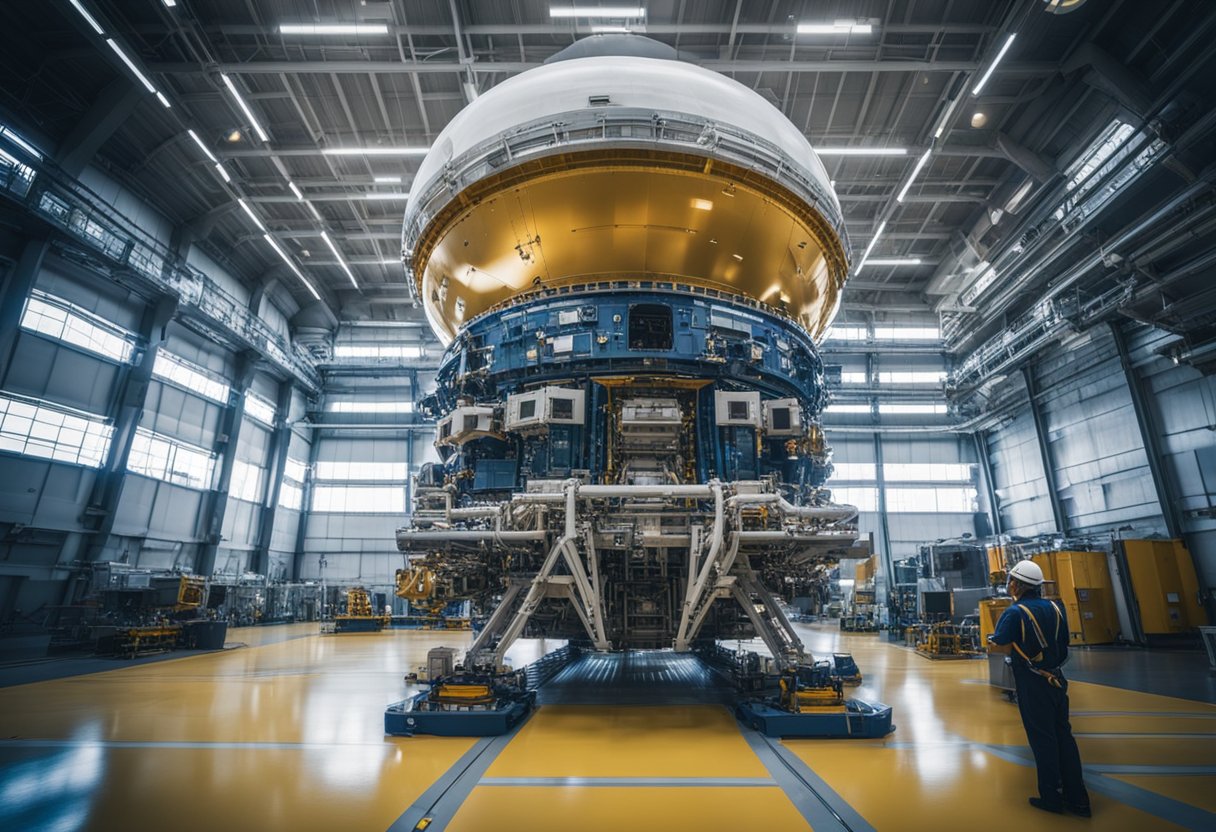
In this section, we explore the state-of-the-art launch facilities critical to the success of next-generation spacecraft tours. Our focus is on the iconic Kennedy Space Centre and the launch platforms and ranges pivotal for the liftoff of these advanced vehicles.
The Kennedy Space Centre in Florida stands as a pivotal hub for our journey into space. This historic site has undergone significant upgrades to accommodate new generations of spacecraft. Florida’s space coast is home to this landmark, equipped with cutting-edge technology and infrastructure that make it a cornerstone for both government and commercial spaceflights. The Vehicle Assembly Building and the launch control centre work in unison to ensure each mission’s success, from initial construction to final countdown.
Launch platforms and ranges are essential for the precision execution of spacecraft launches. At Cape Canaveral, adjacent to the Kennedy Space Centre, there are a variety of launch complexes, each designed to support different types of rockets and missions. The two most notable are Launch Complex 39A and 39B, which have been modified to facilitate a range of vehicles, including those from SpaceVoyageVentures.com. These platforms are where spacecraft meet sky, ensuring each liftoff is conducted under optimal conditions. The Eastern Range, managed by the 45th Space Wing, provides a tracking and safety infrastructure that oversees launches from Cape Canaveral and ensures public safety amidst these awe-inspiring events.
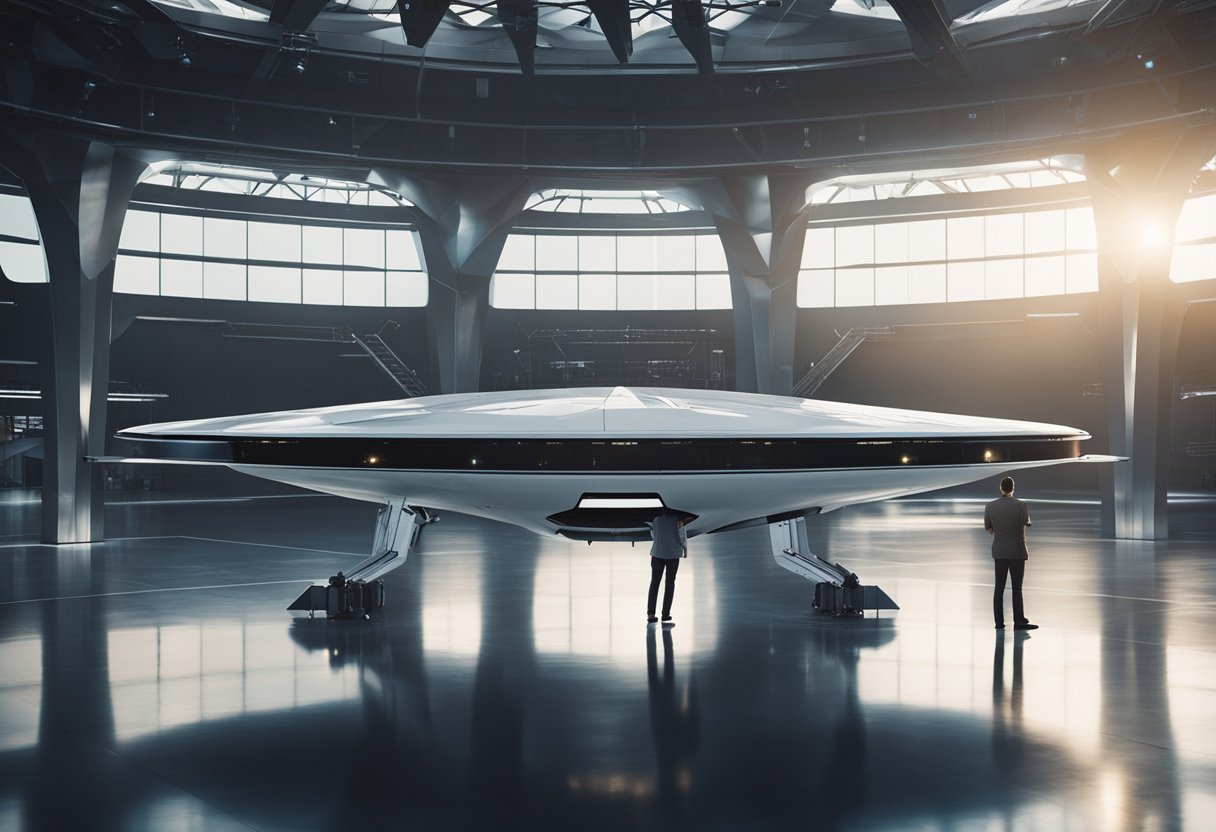
In this section, we examine the pivotal components of the next-generation spacecraft that are integral to the deep space missions, with a focus on the Orion spacecraft. Namely, the European Service Module’s role and the cutting-edge technologies utilised in the spacecraft’s parachute and heat shield designs.
The European Service Module (ESM) provided by ESA (European Space Agency) is critical for the Orion spacecraft. It furnishes the Orion with power, propulsion, and life support systems necessary for extended missions. Significantly, the ESM is responsible for maintaining the spacecraft’s orientation and trajectory through its service module propulsion. Additionally, it houses the pressure vessel, which is the compartment designed to sustain astronaut life, regulating temperature and ensuring that environmental conditions are maintained at safe levels throughout the duration of their journey.
A paramount aspect of safely returning to Earth involves the Orion’s parachute system. It comprises a sophisticated sequence of parachute deployments that are crucial for reducing the spacecraft’s speed upon re-entering the Earth’s atmosphere. The parachutes play an instrumental role especially during the final phases of descent, ensuring that the crew lands gently and safely.
The heat shield is another vital component, designed to protect the Orion spacecraft against the intense heat generated during re-entry – temperatures can soar up to 2,800°C. This robust shield, which is situated at the base of the Orion’s crew module, is a pivotal innovation for crew safety and the integrity of the spacecraft upon return to Earth, absorbing and dissipating the extreme heat encountered during this critical phase of the mission.
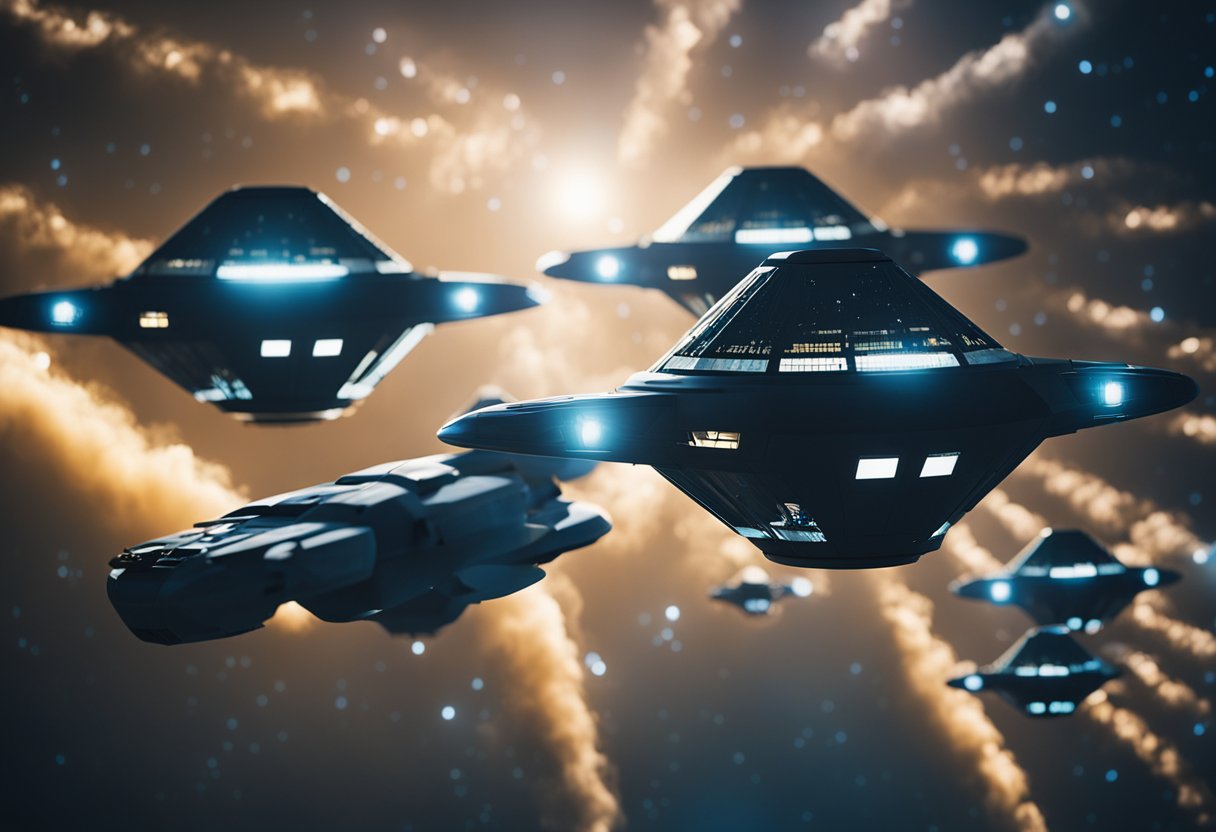
As we explore the cosmos, collaboration has proven essential in advancing our capabilities and expanding our reach into the final frontier. Different nations and companies bring unique strengths and resources to the table, fostering an era of unprecedented partnership in space.
The International Space Station (ISS) is a testament to international cooperation, with contributions from space agencies such as NASA, Roscosmos, JAXA, ESA, and CSA. Notably, the European Service Module (ESM), developed by ESA, provides the Orion spacecraft with crucial power, propulsion, and life support. This remarkable level of collaboration underlines how interconnected our space exploration endeavours have become.
Commercial entities like Boeing and SpaceX are now integral to space missions through both funding and innovation. Boeing’s involvement in the development of the core and upper stages as well as the avionics suite for NASA’s Space Launch System (SLS) solidifies this trend. Meanwhile, SpaceX has not only supported the ISS with cargo deliveries but is also revolutionising space travel potential for tourists, as documented on SpaceVoyageVentures.com, signalling a new era where space is more accessible.
We’re exploring the boundaries like never before, bringing you the thrill of space travel and the awe of new horizons. Our mission profiles provide insights into the latest developments in space exploration.
Artemis I: Venturing without a crew, Artemis I set the stage for our ambitious lunar landing plans. This test mission laid down timeless tracks around the Moon, thoroughly probing the resilience of the Orion spacecraft for future human voyages.
Artemis II and beyond: These missions will carry astronauts, marking humankind’s return to the lunar surface. Building on Artemis I’s foundations, we’re catapulting forward with our magnetic mix of adventure and science, all meticulously mapped out to land boots on the Moon, ushering in a new dawn for lunar exploration.
Mars Missions: Pioneering spirit doesn’t stop at the Moon. Our eyes are firmly fixed on the Red Planet. Tremendous technological strides mean that the dream of Mars is no longer nebulous, but a tangible goal growing nearer.
We’re drawing up detailed dossiers on the environments of deep space and Mars, underpinning our plans with solid science for future human missions. The challenges of this solar system sojourn are many, but our resolve is steadfast to extend humanity’s footprint beyond the Moon and onto Martian soil.
With SpaceVoyageVentures.com chronicling the burgeoning story of space travel, our mission profiles speak of a bold blueprint for off-world discovery and the enduring human spirit that propels us into the cosmos.
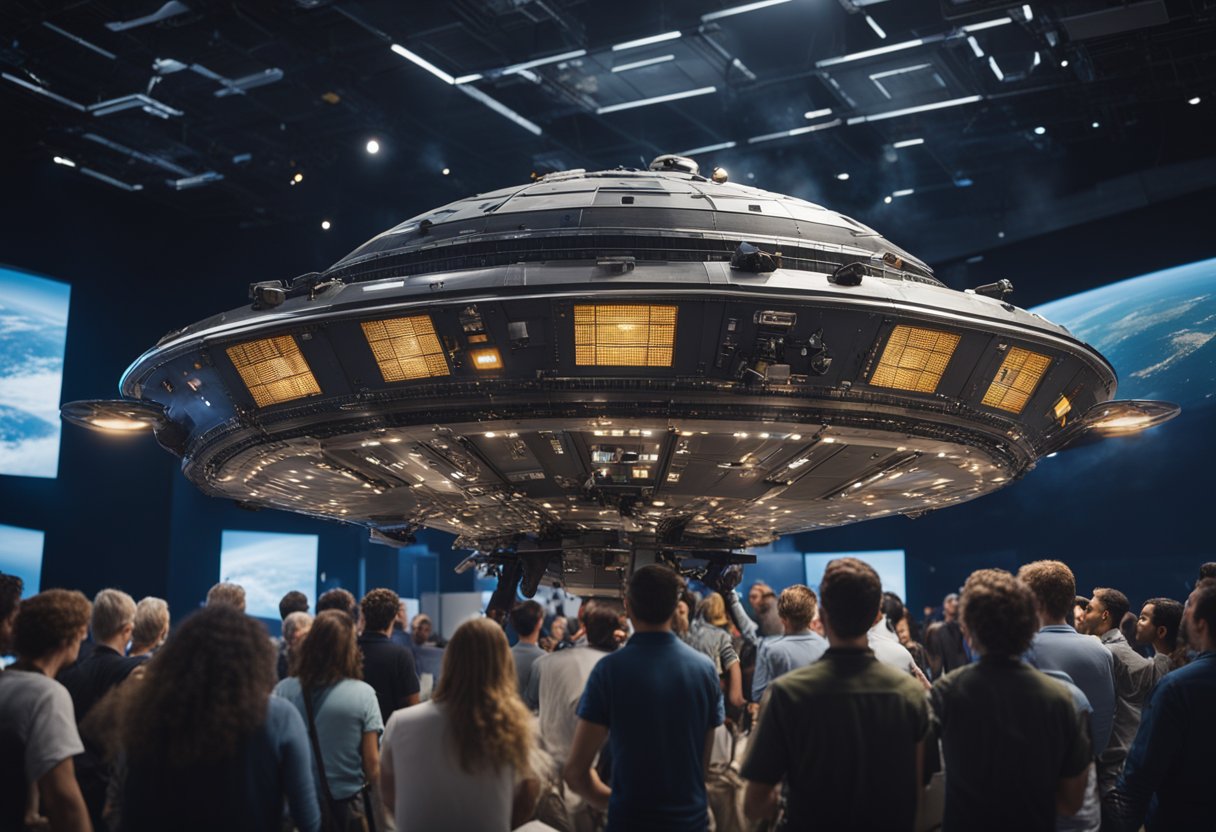
In our quest to bolster interest in space and science, we focus heavily on educational outreach, ensuring our efforts align with STEM objectives. Our educational programmes are designed to inspire students, educators, and the broader community about the potential and promise of next-generation spacecraft tours.
Key Impressions from Our Programmes Include:
Through platforms such as YouTube, we’re also able to reach a global audience, sharing informative articles and video content that breaks down the complexities of space travel into understandable segments. These resources aim to captivate and educate viewers on the latest advancements and the future potential of space tourism as mentioned on SpaceVoyageVentures.com.
Education is at the heart of our outreach and here are our primary aims:
By ensuring our outreach is factual, engaging, and forward-thinking, we’re paving the way for a knowledgeable community ready to embrace the era of space tourism.
In this section, we’ll answer some of the most pressing queries about space exploration and the tours we offer, providing clear and concise information on how you can get involved and what to expect in the near future.
To book a tour at the Jet Propulsion Laboratory (JPL), visitors can secure their spot online through the official JPL tour website. Tours fill up quickly, so we recommend organising your visit well in advance.
NASA’s future missions are set to continue pushing the boundaries of our knowledge and capabilities in space. They’ll focus on the Artemis program with scheduled missions to the Moon as stepping stones for future manned Martian exploration.
Yes, NASA is currently working on the Space Launch System (SLS), which, coupled with the Orion spacecraft, is poised to play a crucial role in the success of future deep space exploration missions.
NASA tour packages provide an immersive experience, offering visitors a chance to witness spacecraft assembly rooms, historical artefacts, and even participate in simulations that offer a glimpse into the life of an astronaut at Space Center Houston.
Our guided tours at NASA facilities aim to showcase the latest advancements in space technology, which could include the top-notch Orion spacecraft, depending on the current stage of its development and mission timeline.
Considered the pinnacle, the Level 9 Tour at Space Center Houston offers visitors an unprecedented behind-the-scenes look at NASA’s operations, including visiting the Mission Control Center and astronaut training facilities.